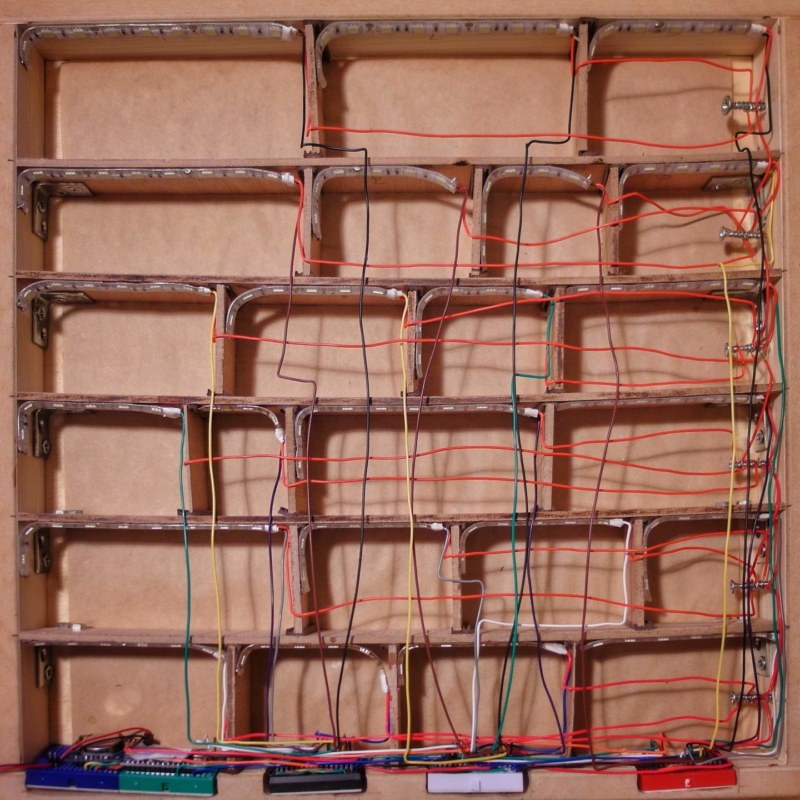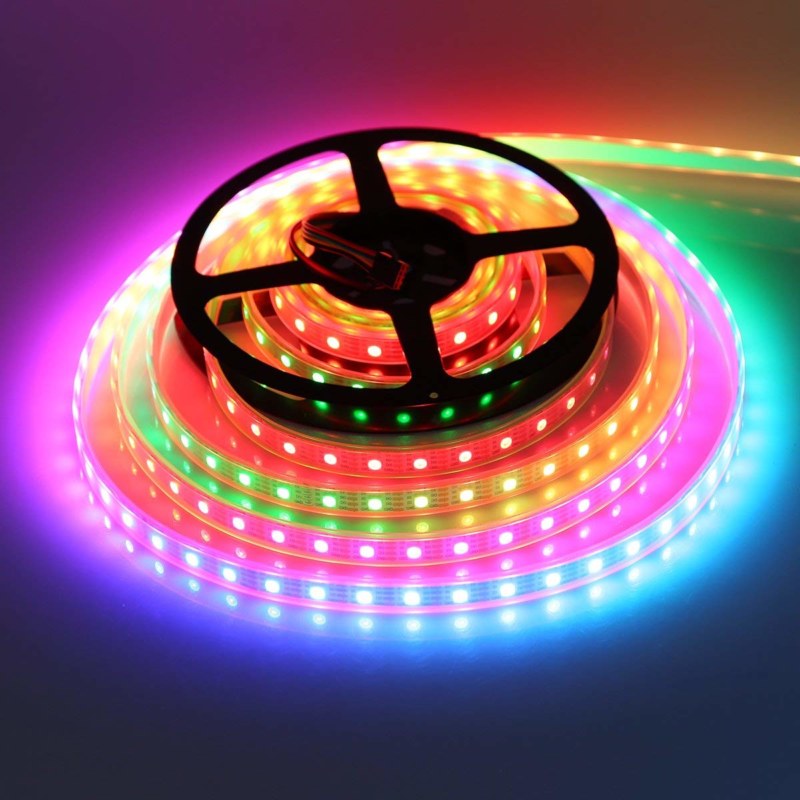#the_hows_and_the_whys
The #proudly_made_in_china initiative
The bad reputation
It’s a sad but unquestionable fact that, for many years, most consumer electronic products designed and/or manufactured in China were badly redesigned knockoffs that would break, stop functioning or malfunction very soon or even right out of the box.
Over the years, the “Made in China” label became synonymous to “Stay away – Bad product”. Manufacturers, importers and resellers would do their best to withhold the fact that a product has Chinese origin. Consumers would go out to buy a DVD player and would look for the “Made in” label to make sure its origin is Japan, Germany or any other place except China.
Gradually manufacturing, importing, selling or even owning products with the “Made in China” label became somewhat embarrassing.
China's radical change
But in the last 10 years or so, the design & manufacture ecosystem in China had a radical makeover. Nowadays some of the most original and technologically innovative designs come from China with the rest of the world following the trends, while the vast majority of all consumer electronic products are “Made in China”, so the label itself is clearly not an indicator for a bad product anymore.
Let’s just say that nobody thinks that their iPhone has bad quality because it’s “Made in China”. And since iPhones are designed in the US, while we are at the smartphone example, let’s add that Vivo (a brand that, together with Oppo and OnePlus, belongs to the same Chinese smartphone group) was the first brand that introduced an in-display fingerprint sensor. Then Apple followed.
Of course, that’s not to say that there’s not still a big percentage of bad quality consumer electronics originating from China. But the blame is not on China anymore. It’s a sad fact that markets all over the world still seek very cheap products no matter the quality. Manufacturing, whether in China or elsewhere, need to obey the market. Brands worldwide decide for themselves if they want good quality or bad quality for each of their products and manufacturers in China just comply to their requirements.
The initiative
The thing is that if a brand is not well established (like the Apple example above), people still tend to look that “Made in China” label with reservation. This must change.
At nm_design we really strive to make innovative high quality products and we choose to develop them in China because we have much more direct access to the supply chain and manufacturing resources. For us, “Made in China” means that we can speed up our product development cycle and reduce costs without sacrificing quality. We are actually proud of our decision and not only we don’t want to hide it, we want to advertise it!
We label our products with the #proudly_made_in_china label and we use the same hashtag in all social media posts related to our products.
Through this initiative we encourage all other startups/brands that feel the same way to do follow our example.




